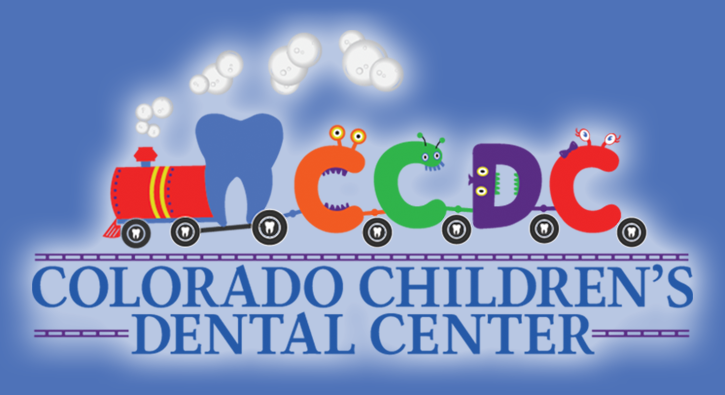
Contact Us
Brushing & Flossing
Brushing Information
The American Academy of Pediatric Dentistry recommends that parents begin brushing their child"s teeth with fluoride toothpaste upon eruption of the first tooth. Because your child, at this young age, will mostly chew on the bristles and swallow whatever is in his/her mouth, the recommendation is to use as minimal / smear amount as possible of the toothpaste. This allows protective fluoride to be applied to your child"s teeth without producing any harmful effects. A pea-sized amount of toothpaste can be used in pre-school aged children who display the ability to spit.
When you brush your teeth, move the brush in small circular motions to reach food particles that may be under your gum line. Hold the toothbrush at an angle and brush slowly and carefully, covering all areas between teeth and the surface of each tooth. As your child gets older, it may take several minutes to thoroughly brush your child"s teeth.
Brush your teeth two times daily to avoid the accumulation of food particles and plaque:
- In the morning after breakfast
- At bedtime (nothing to eat or drink afterwards except for water)
As soon as the bristles start to wear down or fray, replace your toothbrush with a new one. Do not swallow any toothpaste; rinse your mouth thoroughly with water after you finish brushing. It is important to carefully floss and brush daily for optimal oral hygiene.
Flossing Information
For areas between the teeth that a toothbrush can"t reach, dental floss is used to remove food particles and plaque. Dental floss is a thin thread of waxed nylon that is used to reach below the gum line and clean between teeth. It is very important to floss between your teeth every day.
Pull a small length of floss from the dispenser. Wrap the ends of the floss tightly around your middle fingers. Guide the floss between all teeth to the gum line, pulling out any food particles or plaque. Unwrap clean floss from around your fingers as you go, so that you have used the floss from beginning to end when you finish. Floss behind all of your back teeth.
Floss at night to make sure your teeth are squeaky clean before you go to bed. When you first begin flossing, your gums may bleed a little. If the bleeding does not go away after the first few times, let a staff member know at your next appointment.
